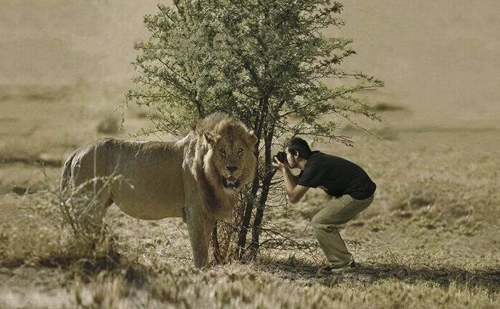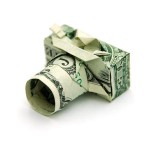
The best way to become a professional photographer is slowly ease into it. Amateur photographers who want to turn your hobby into a full-time job are better served by a gradual approach.
Types of jobs Professional Photography
They are different types of photography: with different business environments, market demand, the camera lens and skill sets. Although you can cover more than one area is not practical to go very far.
Photographers need to fit their personal interest with market demand. Landscapes could be a passion of the photographer, but he may not necessarily be able to find gainful employment as a landscape photographer.
Some examples of different works of photography are described below:
* There are three main types of wedding photography: portrait studio shoot pre-wedding venue (parks and gardens) and “real day.” They can be considered distinct specialties and some photographers only handle one or two of the above. Event Photography * includes exhibitions, seminars, conferences, concerts, theater. Customers are usually corporations.
* Corporate and industrial photography means getting photographs for annual reports, brochures and instruction manuals: portrait of senior management, photos, location of factories and machines.
* Portrait photography, studio work. Covers weddings, graduations and college birthday photos. The photographer must be good at dealing with small children, babies and maybe a few famous personalities.
* Sports Photography requires a heavy investment in cameras and lenses of high performance: high frame rates, fast autofocus and large aperture telephoto lenses.
* Birds and wildlife photography requires patience and ability to pursue and long telephoto lens focal length (more than sports photography).
* Photojournalism can vary from taking pictures to the site daily to go abroad on missions for the national magazines.
* Photo of art means to sell large poster size prints, often in black and white. Photographers may have to develop relationships with art galleries, as well as other artists. Good technique darkroom or Photoshop is helpful.
* Stock Photography requires creativity, always thinking of new ideas for the types of photos that advertisers and publishers are looking to illustrate their advertisements and publications.
Becoming a professional photographer is a business of chicken and eggs: it is difficult to be hired without portfolio, and it is difficult to build a portfolio without being engaged.
A good way to gain experience and build a portfolio is working for free. Although not a good idea to “spoil the market” for professional photographers, there are circumstances where a professional will not be hired anyway:
* Charity events.
* Local community events.
* The parties organized by friends and family.
When volunteering, the photographer must make clear that:
* It is not a professional.
* The quality of pictures is not guaranteed.
* He is volunteering to build your own portfolio.
For fashion and portrait photography, new models are often willing to put in exchange for free copies of photos to your own portfolio. This is known as TFP (Time For Photos / prints) or TFCD (Time For CD): the model does not charge the photographer for the modeling time and receives the photo (or a CD with photos) of the photographer in exchange.
Portfolios can be displayed on the site of the photographer. Owning a website dedicated domain name (like www.johndoephotography.com) is preferred but not necessary. Aspiring professionals can begin by using a photo hosting and sharing services like Flickr.
It’s easier to get in stock images. There are stock photo sites (stock.xchng, MorgueFile), where anyone can participate and submit photos. There are also paid sites (such as iStockphoto) where photographers can sell their stock photos (iStockphoto requires a relatively simple application process). Some photographers build a portfolio of photographs of shares and use the portfolio to leverage themselves into other types of photography.
Becoming a Professional Photographer
Being a professional photographer is not for everyone, even the most experienced and amateur enthusiasts.
Turning a photograph into a paying job means working under pressure, accept full responsibility for its mistakes (the ball stops for the photographer), dealing with (sometimes excessive) people, marketing, live without a steady income and being exposed to legal liability.
The good news is that you can slowly ease into it, starting as a volunteer unpaid, then a part-time employee. And building a portfolio and a list of business contacts at the same time.
Becoming a full time professional photographer need not be the only goal. After experiencing the pressures of real-world photo, a photographer may decide against “turning pro.” It could instead find a happy balance to become permanent part-time and keep his job.




